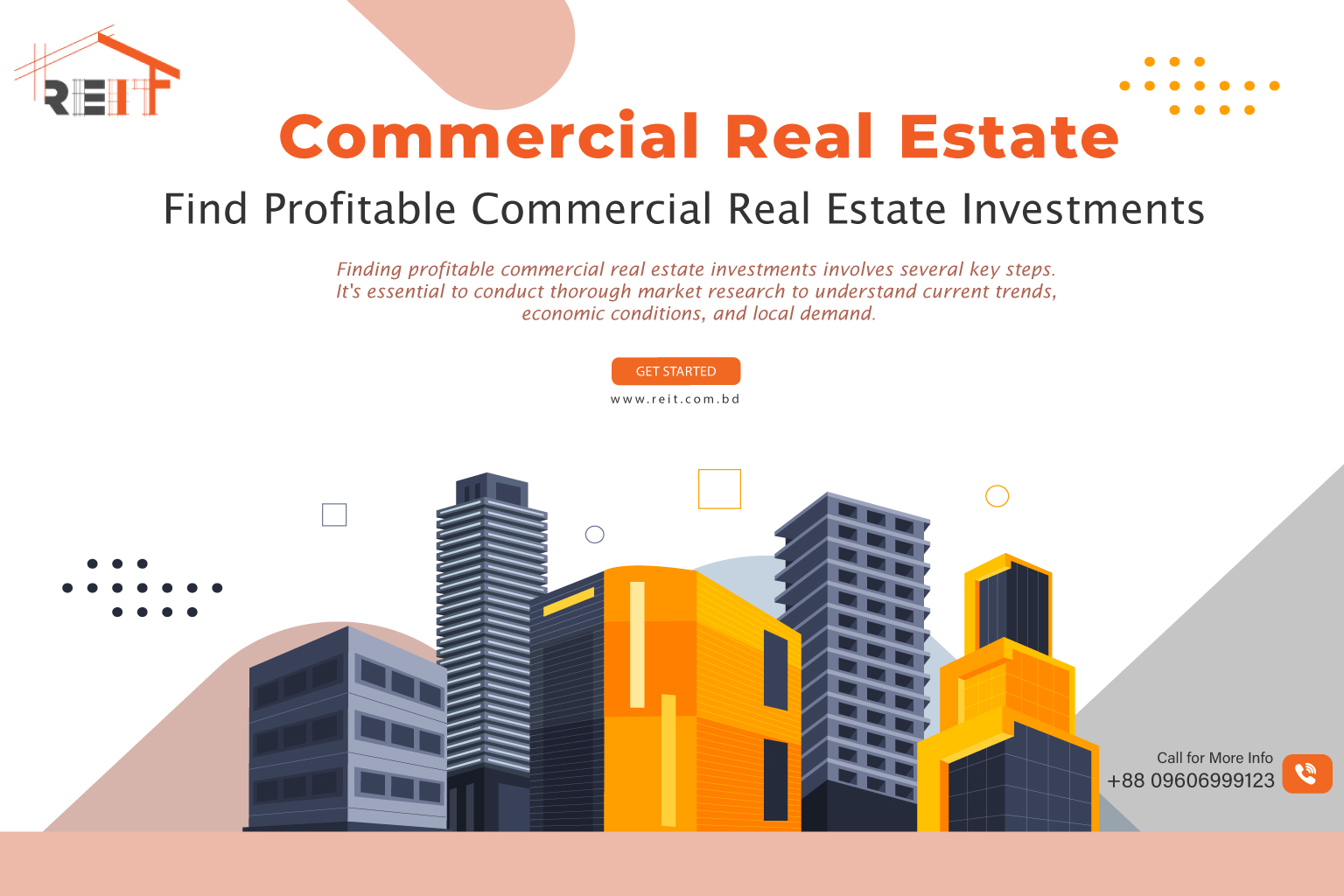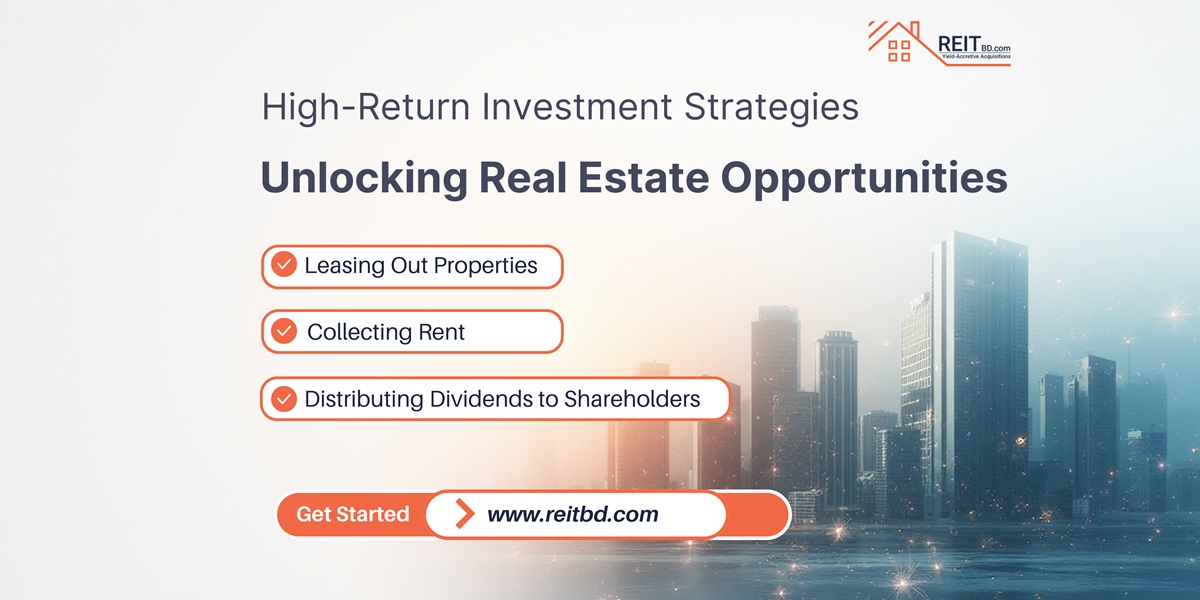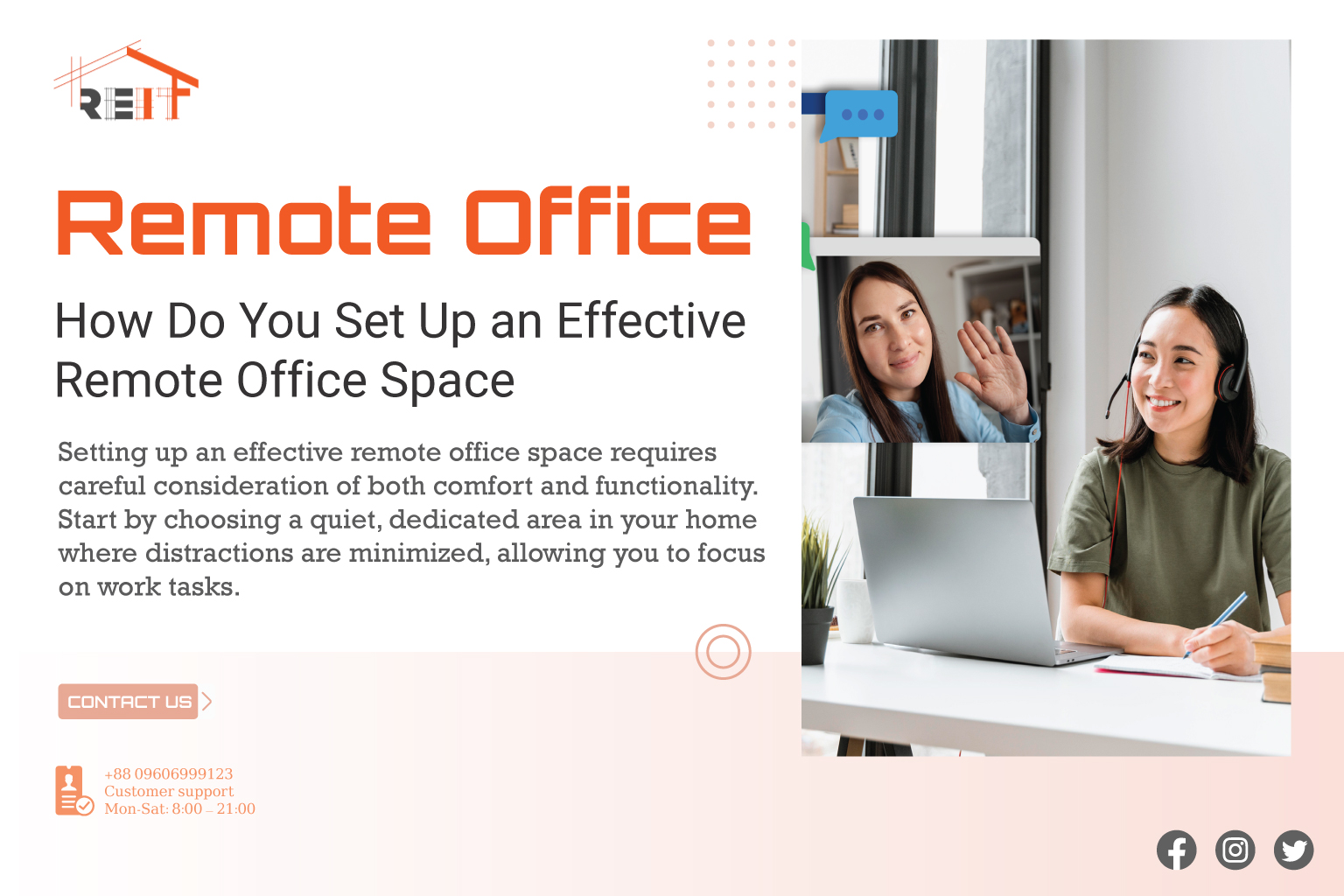Knowing about commercial rental listings before leasing is essential for making informed decisions that align with your business goals. By researching listings, you gain insights into prevailing market rates, available amenities, and location dynamics.
This knowledge allows you to compare multiple properties, ensuring you don’t overpay or commit to unfavorable lease terms. Familiarizing yourself with different listings also helps identify potential negotiation points, from rent reductions to tenant improvement allowances.
Furthermore, understanding the current market landscape empowers you to pinpoint locations that align with your target demographic, accessibility needs, and brand visibility.
Thorough research on commercial rental listings ensures you secure a space that not only meets your immediate operational needs but also fosters long-term business growth.
Which Right Locations Provide the Best Value for Commercial Rental Listings?
The “right” locations for commercial rental listings that offer the best value often intersect high demand with reasonable costs, and they can be influenced by several factors. Prime urban centers, while expensive, and foot traffic, which is invaluable for businesses like retail or dining.
Emerging neighborhoods or suburban areas, on the other hand, can offer attractive rates with the promise of future growth. Proximity to transportation hubs, whether it’s a subway station or a highway, can enhance accessibility for both clients and employees.
Additionally, areas undergoing infrastructure improvements or benefiting from new government incentives might present excellent value propositions. Local market dynamics, including supply and demand, play a significant role.
For instance, in post-pandemic scenarios, certain urban locations may offer better rates due to decreased demand. Ultimately, the best value is derived from a location that aligns with a business’s strategic objectives and anticipates future trends and growth opportunities.
According to the National Association of Realtors, the rate for commercial property retail properties is the lowest at 4.2%, despite the fact that the pace of rent increase over the previous 12 months is only moderately brisk (3.8%).
Benefits of Commercial Rental Listings
Commercial rental listings offer several benefits for both landlords and potential tenants. These benefits enhance the efficiency, clarity, and success rate of finding or leasing a commercial property:
1. Exposure: Listings provide landlords with a platform to showcase their properties to a wider audience, increasing the chances of finding a suitable tenant quickly.
2. Informed Decision Making: For potential tenants, listings offer a comprehensive view of available options in their preferred area, allowing them to compare features, prices, and locations.
3. Time Savings: Instead of physically visiting numerous properties, tenants can shortlist viable options from listings, making the search process more efficient.
4. Detailed Information: Good listings provide extensive details about a property, from square footage, facilities, and accessibility features to potential zoning regulations.
5. Market Insights: By observing multiple listings, both landlords and tenants can get an idea about the prevailing market rates, ensuring competitive pricing and preventing overpaying.
6. Professional Representation: Many commercial rental listings are represented by professional brokers or agents who can guide parties through the process, offer advice, and handle negotiations.
7. Flexible Search Parameters: On digital platforms, potential tenants can customize their search based on specific requirements such as property type, size, location, and budget.
How to Do Commercial Rental Listings Adjust to Economic Downturns?
During economic downturns, commercial rental listings often undergo adjustments to adapt to changing market dynamics and demands. Landlords become more flexible in their terms, offering reduced rents or more generous lease conditions to attract tenants in a less vibrant market.
There may also be an uptick in listings offering short-term leases or pop-up space opportunities as landlords seek to maintain some cash flow rather than leaving spaces vacant.
Furthermore, the content of listings might emphasize different features, such as cost-saving amenities or the adaptability of a space for various business needs. Additional incentives like rent-free months or tenant improvement allowances might be promoted more prominently.
Lastly, as vacancies rise, the sheer volume of listings may increase, leading to a more competitive marketplace where landlords are driven to offer more attractive terms to prospective tenants. Commercial rental listings become more tenant-centric, and opportunities for a downturned economy.
7 Challenges of Commercial Rental Listings
Commercial rental listings, while beneficial, come with their own set of challenges for landlords, agents, and potential tenants. Here are some of the primary challenges associated with commercial rental listings:
- Over Saturation: With many properties often listed on multiple platforms, potential tenants might find it overwhelming to sift through the plethora of available options.
- Outdated Information: Listings may sometimes feature outdated information, either regarding the property’s availability, rent, or physical condition, leading to confusion or missed opportunities.
- Misrepresentation: Photos or descriptions might embellish or misrepresent the property’s actual state, causing mistrust and wasting the time of prospective tenants.
- Complex Lease Terms: Commercial listings often involve intricate lease terms that may be hard to communicate succinctly within the listing. This can lead to misunderstandings or disagreements down the line.
- Price Variability: Due to fast-changing market conditions or differing valuation methods, there can be significant variability in listing prices for similar properties, creating confusion for potential tenants.
- Hidden Costs: Not all listings transparently showcase additional costs, like maintenance fees, taxes, or insurance requirements, which can surprise and deter potential tenants.
- Scams and Fraud: Especially on less reputable platforms, fraudulent listings can pose risks to uninformed potential tenants.
How to Overcome These Challenges?
Overcoming the challenges of commercial rental listings requires a proactive and informed approach by landlords, agents, and platform administrators. To counteract over-saturation, listings should be tailored with distinctive and clear descriptions, ensuring they stand out.
Regularly updating information is crucial to avoid misleading potential tenants with outdated details. A combination of high-quality, truthful photos and third-party verification can mitigate misrepresentation issues.
For complex lease terms, offering supplementary materials or explanatory videos can aid understanding. Transparent pricing, inclusive of all potential costs, eliminates surprises and builds trust.
Finally, platform administrators must maintain stringent security measures and vetting processes to prevent scams and fraudulent listings. By adopting these strategies, many of the challenges associated with fostering trust and efficiency in the commercial real estate market.
Differences Between Commercial Rental and Residential Rentals
Here’s a simplified table to illustrate the primary differences between commercial and residential rentals:
| Aspect | Commercial Rental | Residential Rental |
| Purpose | For business operations (offices, shops, etc.) | For personal living/habitation. |
| Lease Duration | Typically longer (3-10 years or more). | Shorter, often 1 year, with options to renew. |
| Rent Pricing | Based on square footage or a percentage of business revenue. | Typically a flat monthly fee. |
| Responsibility for Repairs | Often tenant’s responsibility (triple net leases) | Landlord’s responsibility in most cases. |
| Decor and Modifications | Tenants can usually customize extensively for business needs. | Limited modifications are allowed. |
| Taxes and Insurance | Tenants were often responsible for property taxes and insurance. | Typically landlord’s responsibility. |
| Security Deposit | Can be much larger due to the long-term nature and cost of the space. | Typically equivalent to one month’s rent. |
Why Are Virtual Info Becoming Popular for Commercial Rental Listings?
Virtual information has gained significant traction in the realm of commercial rental listings due to its multifaceted advantages in today’s digital age. With the advent of technology and the changing dynamics post-pandemic, virtual tools have made property viewing more accessible, efficient, and safe.
Walkthroughs allow potential tenants to explore spaces without physical visits, saving time and reducing costs. This feature is especially beneficial for international or out-of-town clients who might find on-site visits challenging.
Moreover, the interactive nature of virtual tools offers a more comprehensive view of the property, enabling users to visualize customization options and get a feel of the space.
Virtual info also serves as a valuable tool during periods of restricted movement, ensuring that the real estate market remains active and operational.
Lastly, the convenience and immersive experience provided by these virtual tools cater to the tech-savvy audience, aligning with the broader trend of digitization in various industries.
5 Tips for Commercial Rental Listings
Certainly! Here are some tips tailored for commercial rental listings:
1. High-Quality Photos: Use professional, high-resolution photos of the property. Show different angles and highlight key features of the space.
2. Detailed Descriptions: Clearly describe the size (square footage/meterage), layout, location, and unique features of the property.
3. Include Pricing: Clearly list rental costs, and any additional fees, and mention if the rates are negotiable.
4. Accessibility & Location: Highlight proximity to major roads, public transportation, parking facilities, and other amenities.
5. Use Video Tours: Offer virtual tours of the property, especially if potential renters are from out of town or wish to minimize in-person visits.
Conclusion
Commercial rental listings serve as a crucial bridge between property owners and potential business tenants. A well-structured, clear, and detailed listing can not only attract the right tenant. But also streamline the entire leasing process, ensuring both parties are satisfied with the agreement.
With businesses often scouting properties online before making a decision, accurate descriptions, and regular updates cannot be understated.
Property owners must leverage all available tools, platforms, and best practices to make their commercial spaces stand out in a competitive market. By doing so, they can optimize occupancy rates, and maintain the value and reputation of their properties.
FAQs
What should I include in my commercial rental listing?
Essential details include the property’s address, size (square footage/meterage), rental price, type of property (e.g., office, retail, industrial), available amenities, lease terms, and contact information. High-quality photos and a detailed description are also vital.
How often should I update my commercial rental listing?
Regularly. Ensure that the availability status, price, and any other pertinent details are current. An outdated listing can deter potential tenants.
Are virtual tours useful for commercial rental listings?
Yes, virtual tours can provide potential tenants, especially those from out of town or wanting to limit in-person visits. A comprehensive view of the property, helping them in their decision-making process.











